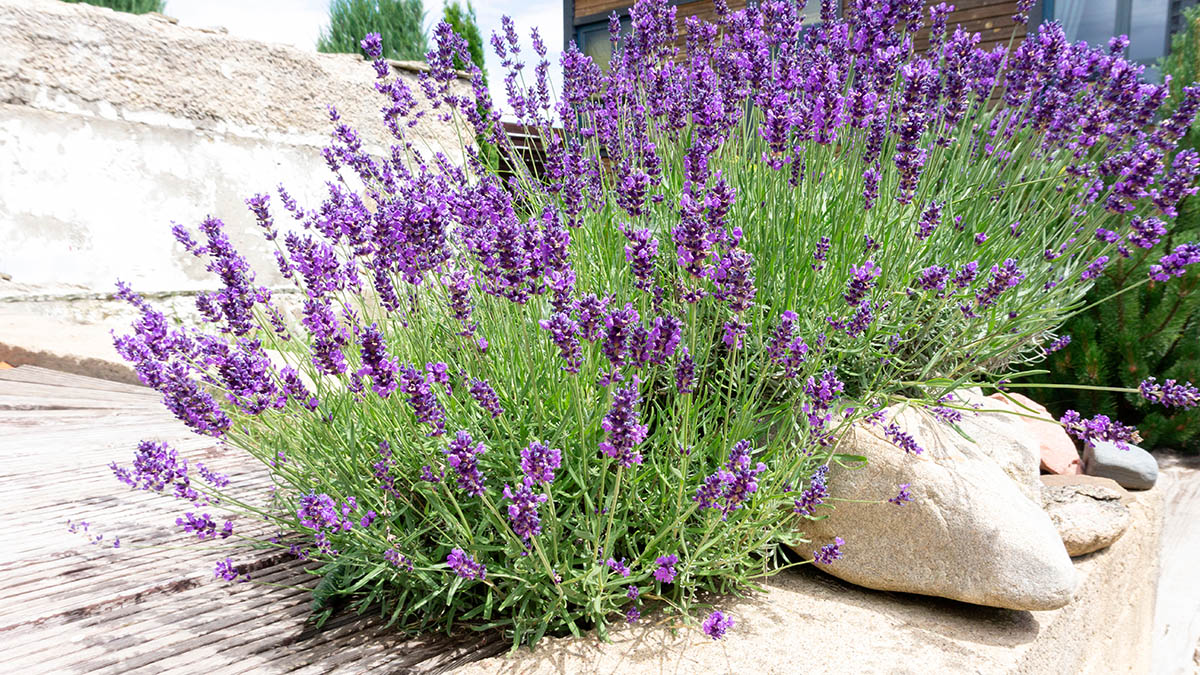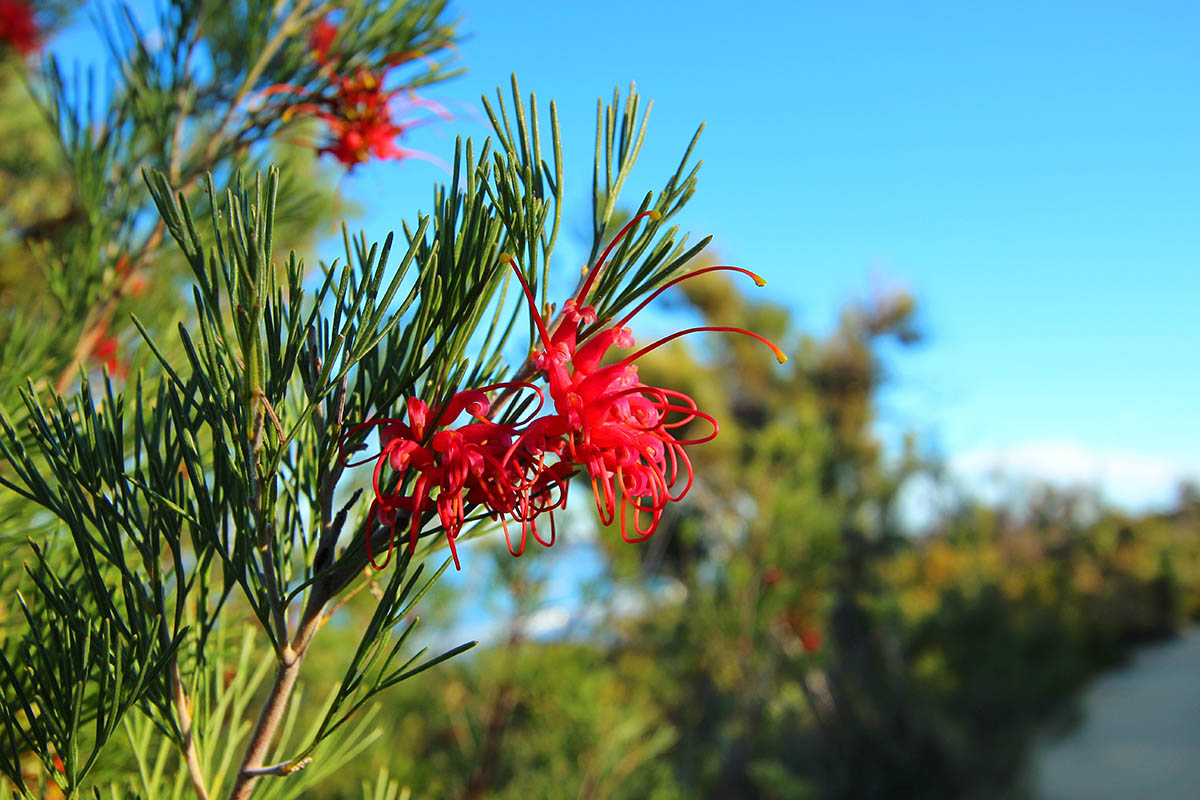Creating a beautiful backyard in Brisbane and the Gold Coast is not just about aesthetics; it’s also about understanding the role local flora plays in either attracting or repelling pests. With the right knowledge and plant choices, you can design a garden that not only thrives in Queensland’s climate but also helps maintain a pest-free environment. This article explores the best planting ideas for achieving a pest-resistant backyard in these regions.
Understanding the Local Ecosystem
Before diving into specific plants, it’s important to understand the local ecosystem of Brisbane and the Gold Coast. The climate in these areas is conducive to a wide range of flora and fauna, including various pests. By choosing plants that are native to Queensland, you can create a garden that is both beautiful and functional in deterring unwanted insects and animals. Hot, humid and often wet summers, followed by mild winters will determine the sorts of plants that will thrive in Brisbane and the Gold Coast.
Plants That Repel Pests
1. Lavender
Lavender is not only known for its soothing fragrance but also its ability to repel moths, fleas, flies, and mosquitoes. Planting lavender around seating areas or near windows can help keep these pests at bay.
2. Marigolds
The distinct smell of marigolds is effective in repelling mosquitoes and aphids. Planting marigolds around your garden can protect your plants from these pests, while adding a splash of color.
3. Lemongrass
Lemongrass contains citronella, a natural oil used in mosquito repellents. Planting lemongrass can help keep mosquitoes away, making it a perfect choice for outdoor living spaces.
4. Basil
Basil is not just a culinary herb; it also repels flies and mosquitoes. Planting basil in pots or in your garden can help reduce the presence of these pests.
Attracting Beneficial Insects
While some plants repel pests, others attract beneficial insects that can help control pest populations naturally.
1. Daisies
Daisies attract ladybugs, which are natural predators of aphids and other harmful insects. Including daisies in your garden can help keep aphid populations in check.
2. Native Wildflowers
Planting a variety of native wildflowers can attract beneficial insects like bees and butterflies, which are important pollinators for your garden.
3. Herbs
Many flowering herbs, such as thyme and oregano, attract beneficial insects. These herbs can be a dual-purpose addition to your garden, providing both culinary uses and pest control benefits.
Plants to Avoid
Some plants can attract unwanted pests. It’s important to be mindful of these when planning your garden.
1. Fruit Trees
While fruit trees can be a delightful addition to any garden, they can also attract fruit flies and other pests. If you choose to plant fruit trees, be prepared to manage these pests.
2. Dense Ground Covers
Dense ground covers can provide hiding spots for snakes and rodents. Opt for less dense ground cover options to minimize these risks.
Native Plants for your garden to attract beneficial insects
Planting native flora in South East Queensland is a great way to ensure your garden thrives while supporting local ecosystems. Here are some native plants that are well-suited to the climate and conditions of this region:
1. Bottlebrush
Known for their vibrant, brush-like flowers, bottlebrushes are a favourite among local birds, particularly nectar-feeding species. They are hardy and can tolerate a range of soil types.
2. Grevillea:
This diverse genus offers a variety of shapes and sizes, with attractive flowers that are irresistible to birds and insects. Grevilleas are generally drought-tolerant and thrive in well-drained soils.
3. Kangaroo Paw :
Famous for their unique, paw-like flowers, these plants are a striking addition to any garden. They attract nectar-feeding birds and are suited to sunny positions with well-drained soil.
4. Lilly Pilly:
Lilly Pillys are popular for their glossy green leaves, fluffy white flowers, and edible berries. They make excellent hedges or screening plants and are relatively easy to grow.
5. Banksia :
With their distinctive flowers and ability to thrive in poor soils, Banksias are a great choice for gardens in Brisbane and the Gold Coast. They attract a variety of birds and insects.6. Waratah: Known for their stunning red flowers, Waratahs are a bold choice for gardens. They prefer acidic, well-drained soils and can be a bit more challenging to grow.
7. Bird’s Nest Fern :
This lush fern thrives in the shady, humid conditions typical of Queensland. It’s great for adding a tropical feel to your garden.
8. Dianella:
These strappy-leafed plants produce attractive blue and yellow flowers, followed by edible blue berries. They are versatile and can tolerate a range of conditions.
When choosing plants, consider your specific garden conditions, such as soil type, sunlight, and moisture levels. Native plants are generally more resilient and require less maintenance, making them a sustainable choice for local gardens.
Designing Your Garden for Pest Control
When designing your garden, consider the following tips:
- Diversity: A diverse garden with a mix of repelling and attracting plants can create a balanced ecosystem.
- Placement: Consider the placement of plants. For example, plant pest-repelling plants near areas where you spend time outdoors.
- Maintenance: Regular garden maintenance, such as pruning and weeding, can help prevent pest infestations.
Garden Edging for Pest Control
Garden edging is not just a decorative element; it can also be a functional tool in pest management.
1. Stone or Brick Edging
Using stone or brick as garden edging creates a physical barrier that can deter pests like snails and slugs. These materials do not provide the damp, dark environments these pests thrive in.
2. Metal Edging
Metal edging is durable and provides a sleek look. It’s particularly effective in preventing the invasion of grass and certain ground-crawling insects into garden beds.
3. Raised Garden Beds
Elevating your garden beds with raised edging can help protect your plants from various ground pests. It also improves drainage, reducing the likelihood of waterborne pests.
4. Cedar or Cypress Mulch
Using cedar or cypress mulch as a natural edging material can repel certain insects. These types of wood contain natural oils and chemicals that are unappealing to many pests.
Conclusion: A Balanced Approach to Garden Design
By incorporating a mix of local flora that repels pests and attracts beneficial insects, you can create a backyard that is not only beautiful but also a natural deterrent to pests. Remember, a well-planned garden can contribute significantly to a pest-free environment.
If you’re looking for more advice on creating a pest-free backyard or need professional pest control services in Brisbane and the Gold Coast, Cure All Pest Control is here to help. Our team of experts can provide you with tailored solutions to keep your garden and home pest-free. Contact us today for more information and assistance.
Visit Cure All Pest Control for expert advice and services.





